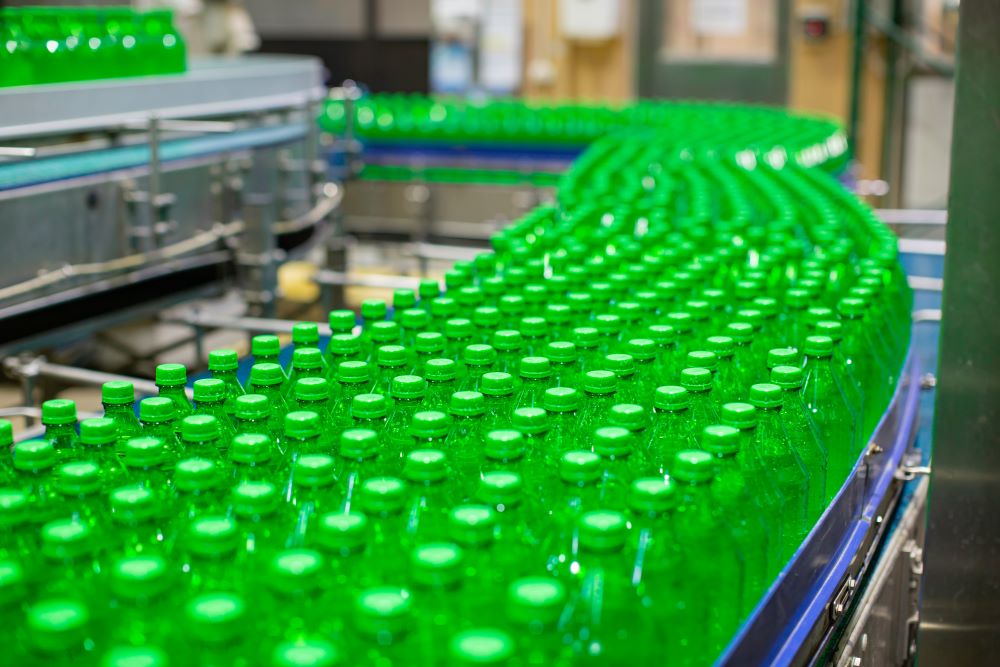The integration of artificial intelligence (AI) into food and beverage manufacturing and packaging can offer transformative advantages. It can enable companies to increase efficiency, improve quality control as well as contribute to optimising operations overall. Here we will look at how it can support more effective maintenance strategies as well as on-line quality control.
Predictive maintenance and condition monitoring are two of AI’s key applications in manufacturing. Traditional maintenance strategies, such as planned maintenance, may replace parts unnecessarily or even be too late in preventing a breakdown. Through the analysis of historical and real-time data, AI has the potential to predict issues before they occur. This helps minimise unplanned downtime and reduce repair costs. Condition monitoring – and predictive maintenance in particular – can also extend machinery life. This is a vital consideration if legacy equipment, such as ELAU PacDrive M, is being used.
In terms of quality control, AI-powered vision systems allow companies to perform very precise inspection of products and packaging at production line speeds. Even the slightest defects – including inconsistencies in product shape, contamination and even mislabelling – can be quickly identified. This leads to reduced waste and improved efficiency.
Central to leveraging AI’s full potential is the need for a comprehensive and robust data strategy, as data serves as the foundation of AI’s decision-making capabilities. In these examples the data is generated “in-house”. However, companies must still ensure it is accurate, well-organised and importantly, securely stored. A comprehensive data strategy will enable seamless integration of AI systems, ensuring insights are importantly both actionable and reliable.
In summary, the integration of artificial intelligence (AI) into food and beverage manufacturing and packaging can offer important benefits. Firstly, it can help companies minimise unplanned downtime through the ability to utilise predictive maintenance and condition monitoring maintenance strategies. Secondly, quality control is improved through earlier and more accurate detection of faulty produce or packaging. Include the benefits if running legacy equipment and it isn’t hard to see why the adoption of AI is likely to increase

